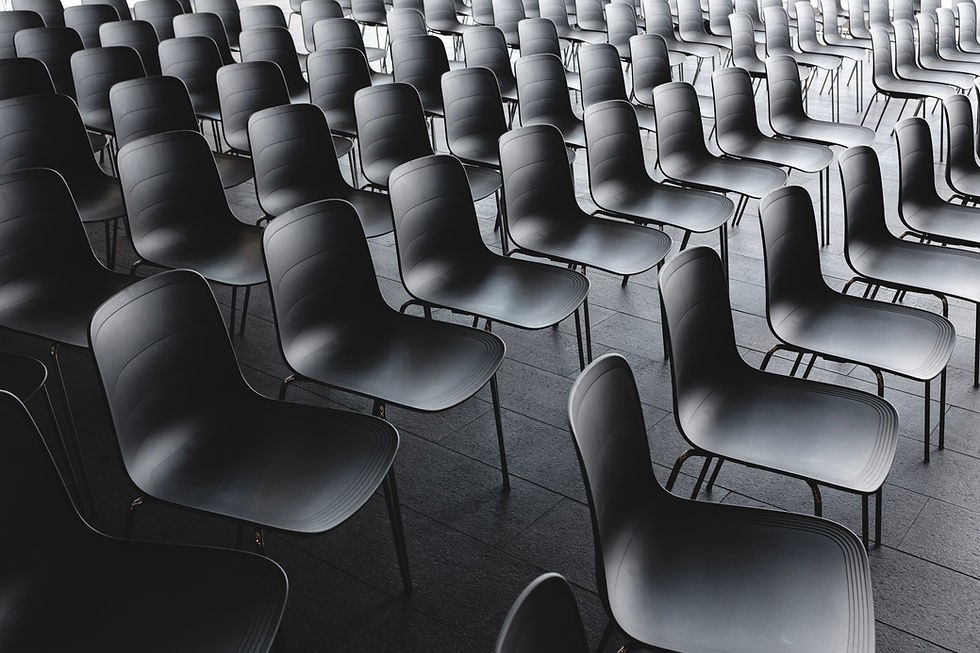BusinessDay: Beauty is in the AI of the beholder
- Johan Steyn

- Jul 6, 2021
- 3 min read
Updated: Nov 1, 2021
Facial recognition apps can instantly make you look better — with serious implications for self-image

By Johan Steyn, 7 July 2021
Published by Business Day: https://www.businesslive.co.za/bd/opinion/columnists/2021-07-06-johan-steyn-beauty-is-in-the-ai-of-the-beholder/
Published by Sunday Times: https://www.timeslive.co.za/sunday-times-daily/opinion-and-analysis/2021-07-06-johan-steyn--thanks-to-tech-beauty-is-in-the-ai-of-the-beholder/
What makes something beautiful? It seems that the answer to that question has been observed by the curious and the learnt for centuries.
Great minds such as Pythagoras, Euclid and artistic geniuses such as Leonardo da Vinci and Salvador Dalí knew about it. We know it as the golden ratio, represented by the Greek letter phi. In numbers, it is 1.61803398875 (the decimals go on forever). Another way to look at the golden ratio is to use the Fibonacci sequence in which each number is the sum of the two preceding numbers.
The beauty of this ratio has been observed in nature, earning it the name of the divine proportion. We notice the design in almost everything we can see such as seashells, ocean waves, pine cones, aloe plants, fern fiddleheads and chameleon tails. On a grander scale, this design is visible in hurricanes or an expansive spiral galaxy.
What makes a face beautiful? We see a face and we may think that person is beautiful, but we do not always understand why. We may argue that beauty is in the eye of the beholder. We see a face and in milliseconds decide if they are beautiful or not. Science shows that a beautiful face has all to do with symmetry and proportion. Again, the golden ratio can help us. The ratio of what we see as a beautiful face is about 1.6, which means a person’s face is about 1½ times longer than it is wide.
Now look at yourself in the mirror. Do you see the divine proportion? I bet you that you can’t and that you are likely to notice only flaws. Because of this we humans have for millennia tried to make ourselves look more beautiful. Just think of makeup and cosmetic surgery.
We can now also look to the smart technology era to change our appearance. We know that facial recognition, based on artificial intelligence (AI) and machine cognition, is widely used for security and policing purposes. But did you know that there are facial recognition applications that can instantly make you look better? I bet you did, and that you use the face filters in your favourite social media platform or dating app to make yourself look better.
There are even AI platforms that can tell you if you are beautiful. Imagine that! These platforms can recommend treatment or surgery to take your face from an as-is to a to-be perfect appearance.
As if our facial features are not enough, you can also find mobile applications that can alter your body shape in pictures or videos. The Video Body Editor app claims: “Only with a few steps, you could easily edit your selfie videos like slimmer waist, longer legs and smooth your skin.”
PrettyUp promises: “Retouch your video and get more likes on your favourite social media accounts, such as Facebook, Instagram, Twitter, Snapchat and TikTok.”
Formative years
The time we spend online and on mobile applications is dramatically increasing. Of concern to parents should be the amount of “screen time” their children are exposed to. Psychologist and economist Herbert A Simon was the first to theorise about the attention economy. As we apply an ever greater amount of attention to applications such as social media, we have more time than before to compare ourselves with others who look better than us.
We can only imagine what all these near-perfect looking bodies and faces can do to our self-image. No longer the exclusive domain of magazines and movies, the opportunity to make everyone look better online is at our fingertips. Imagine what this can do to teenagers who are in the most important formative years of their lives. The Mental Health Foundation reports that poor body self-image can cause anxiety and self-disgust. It may even lead to thoughts of suicide.
Technology should serve us, but if we are not careful it can lead to self-hatred, discrimination and violence. It can destroy the brittle body image of young people. We need to make sure our children understand the dangers. We also need to make sure they know how to use the incredible potential for doing good.
• Johan Steyn is chair of the Special Interest Group on Artificial Intelligence and Robotics with the Institute of Information Technology Professionals of SA. He writes in his personal capacity.






Comments